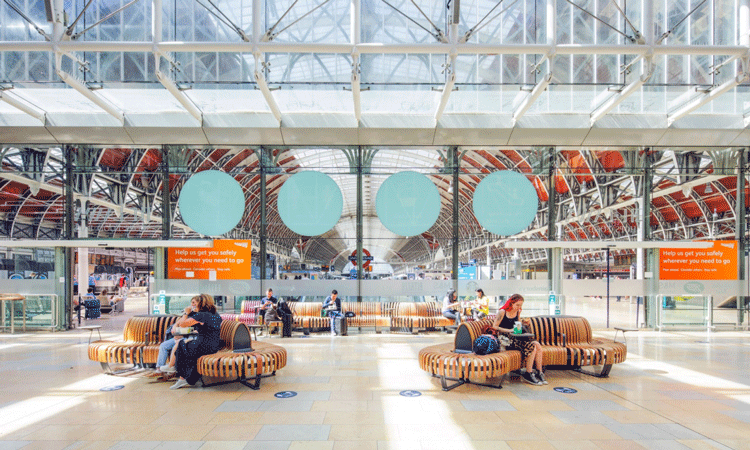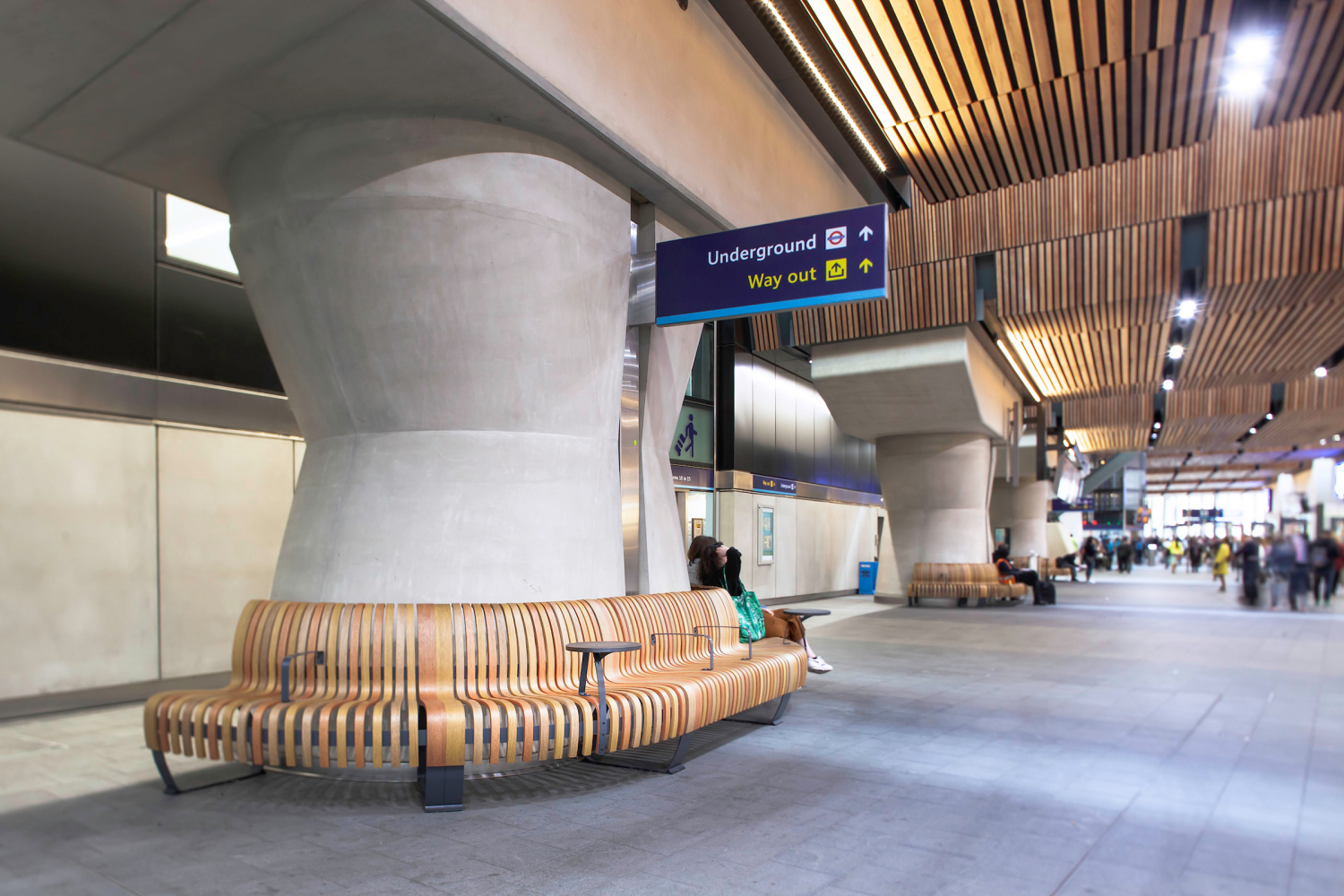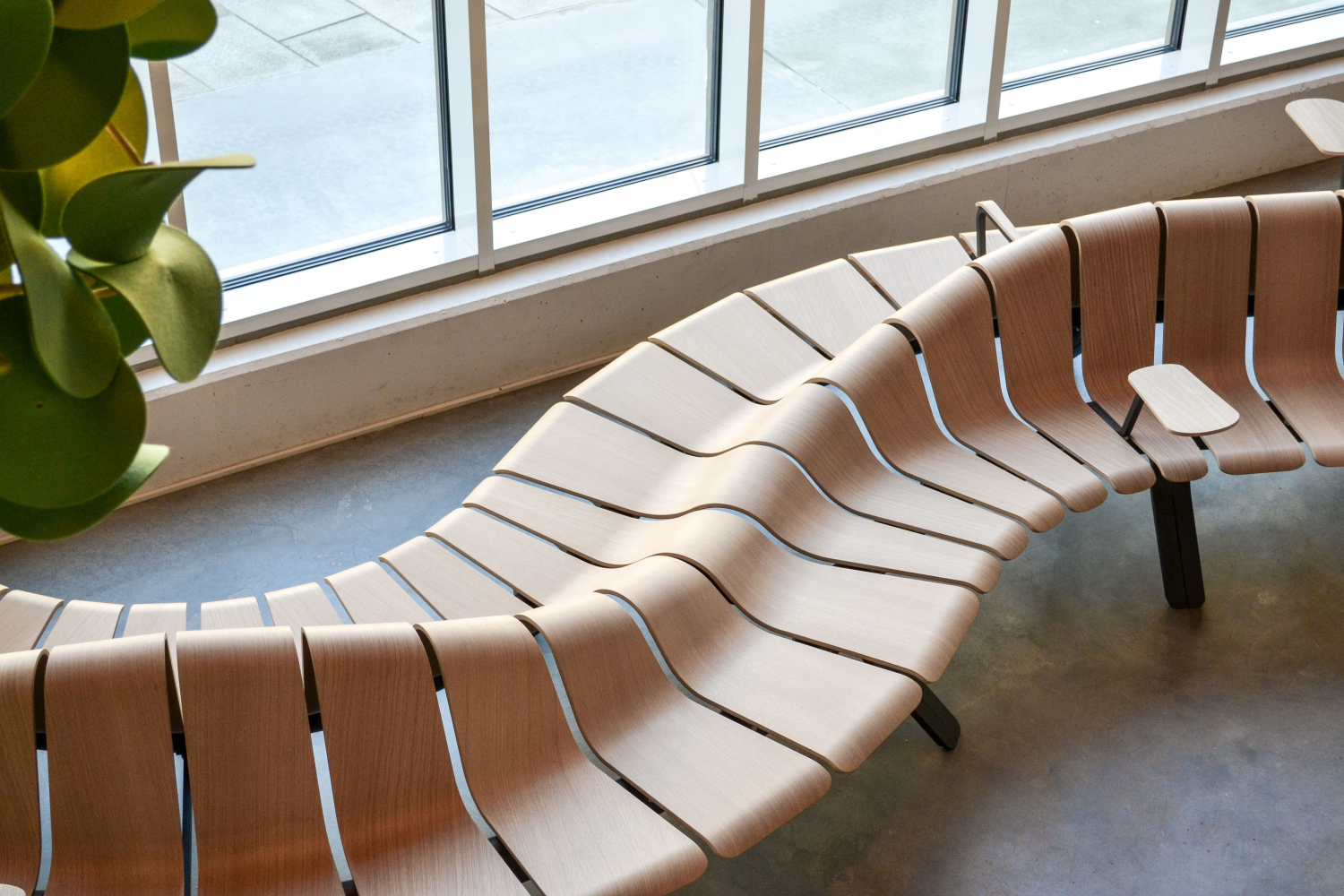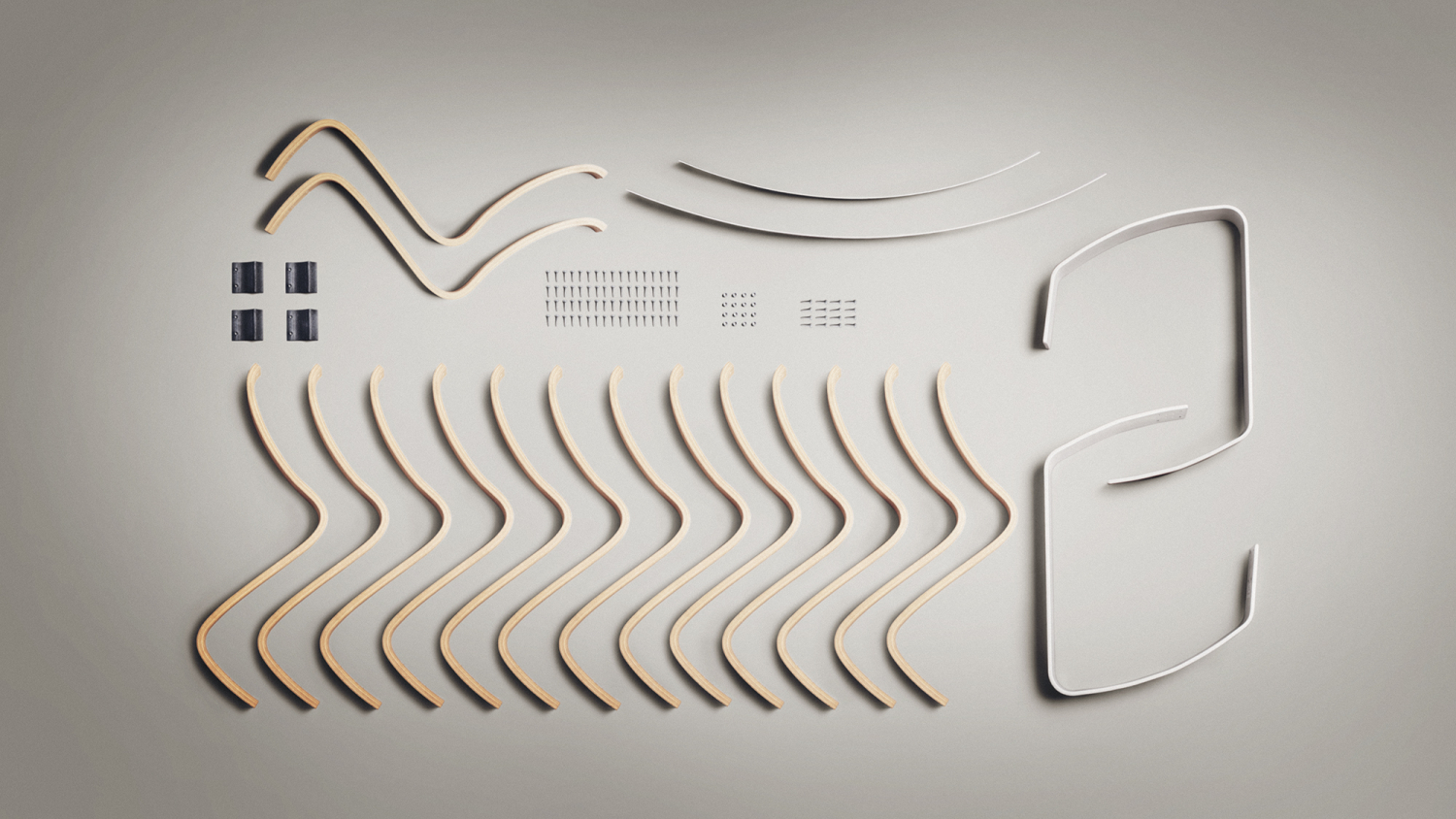Modularity is the key to modern airport placemaking
- Like
- Digg
- Del
- Tumblr
- VKontakte
- Buffer
- Love This
- Odnoklassniki
- Meneame
- Blogger
- Amazon
- Yahoo Mail
- Gmail
- AOL
- Newsvine
- HackerNews
- Evernote
- MySpace
- Mail.ru
- Viadeo
- Line
- Comments
- Yummly
- SMS
- Viber
- Telegram
- Subscribe
- Skype
- Facebook Messenger
- Kakao
- LiveJournal
- Yammer
- Edgar
- Fintel
- Mix
- Instapaper
- Copy Link
Posted: 10 December 2021 | Green Furniture Concept | No comments yet
Green Furniture Concept’s sustainable modular furniture offers are increasingly in demand, due to today’s unique challenges with social distancing and hygiene under COVID-19.


The qualities offered by modularity in airport furniture are increasingly in demand, especially with today’s unique challenges around social distancing and hygiene under COVID-19.
Some of the benefits of modular furniture are immediately obvious, to do with adaptability and agility of use. Some are long term, based on sustainability and the lifecycle of a piece of furniture.
We also need to think about the ever-changing use of spaces in society, the movement of people around spaces, and the role of furniture in placemaking.
At Green Furniture Concept we know priorities are different for every context of airport furniture and we work with you to help find the ideal solution for your particular needs as an airport owner or operator. Our easy-to-use furniture concept is a placemaking one: it respects the unique character and history of each airport that we work with. We understand the extraordinary pressures on your airports during (and after) the pandemic and the need to be flexible and ready to respond quickly to change.
“With modularity, piece-by-piece, we can improve passenger experience and wellbeing,” said Johan Berhin, Founder and designer at Green Furniture Concept.
Modular furniture offers safety, hygiene, and social distancing
With its ability to be configured in different ways, to be broken up and moved, or to be put together using spacers, modular furniture has a huge advantage over traditional furniture for social distancing during a pandemic. These safety considerations will remain relevant in any situation where passenger numbers or gatherings need to be controlled.
By using planters, panels or colour bands of ribs, space is created between seats. Parts are accessible for deep cleaning and extra ribs are included for instant repair to maintain hygiene.
Modular furniture is agile and adaptable
A bit like Lego for architects, modular furniture offers endless possibilities. It can be built and put together in a variety of ways, adding or removing units at key points to change the form and/or function.


Demands on spaces are evolving all the time and there’s an increasing trend for spaces to be multi-use, seasonally programmable and collaborative. Architects and interior designers have to be able to reconfigure furniture quickly and efficiently for different contexts, and of course it is more affordable than replacing the whole system.
Modular furniture gives shape and structure to place
Modular furniture can be used to shape the use of a space, to give it structure, purpose and a placemaking identity. By choosing one range of furniture and using it in different configurations across the space, we create a strong sense of character and cohesion. By grouping pieces together in contrasting ways, we can make suggestions for public engagement with spaces, sometimes bold and sometimes subtle; balancing meeting points for people to gather with quiet islands for people to rest.


Modular furniture guides movement and flow of people
By marking out space with modular seating and meeting arrangements, we can create routes for people to follow, a form of wayfinding through modularity. It means that we can easily regulate flow of traffic and floor space can be maximised and used more efficiently. During the pandemic, this is of course key for social distancing and safety.

Modular furniture respects biophilic design
Modular furniture can make an important contribution to biophilic design if it honours connection to nature in its materiality, seasonality, and adaptability to the human body clock. Biophilic modular furniture can be reconfigured to suit the time of year, or even in some cases the time of day, keeping us connected to the rhythm of nature and enhancing wellbeing.

The use of wood in modular furniture makes it the ultimate biophilic component while helping to create organic shapes and lines that are gentle on the eye, less stressful and good for seamless movement.
Modular furniture is sustainable
Modularity presents us with enormous potential for sustainability. When pieces are made to a timeless design and easily repurposed over their lifetime, with worn or damaged units individually repairable or replaceable, companies can invest on environmental terms as well as economic ones. Saving on furniture costs is huge, as is the saving on waste for the planet.


Related topics
Accessibility, COVID-19, Passenger experience and seamless travel, Safety, Sustainability, Sustainable development


















